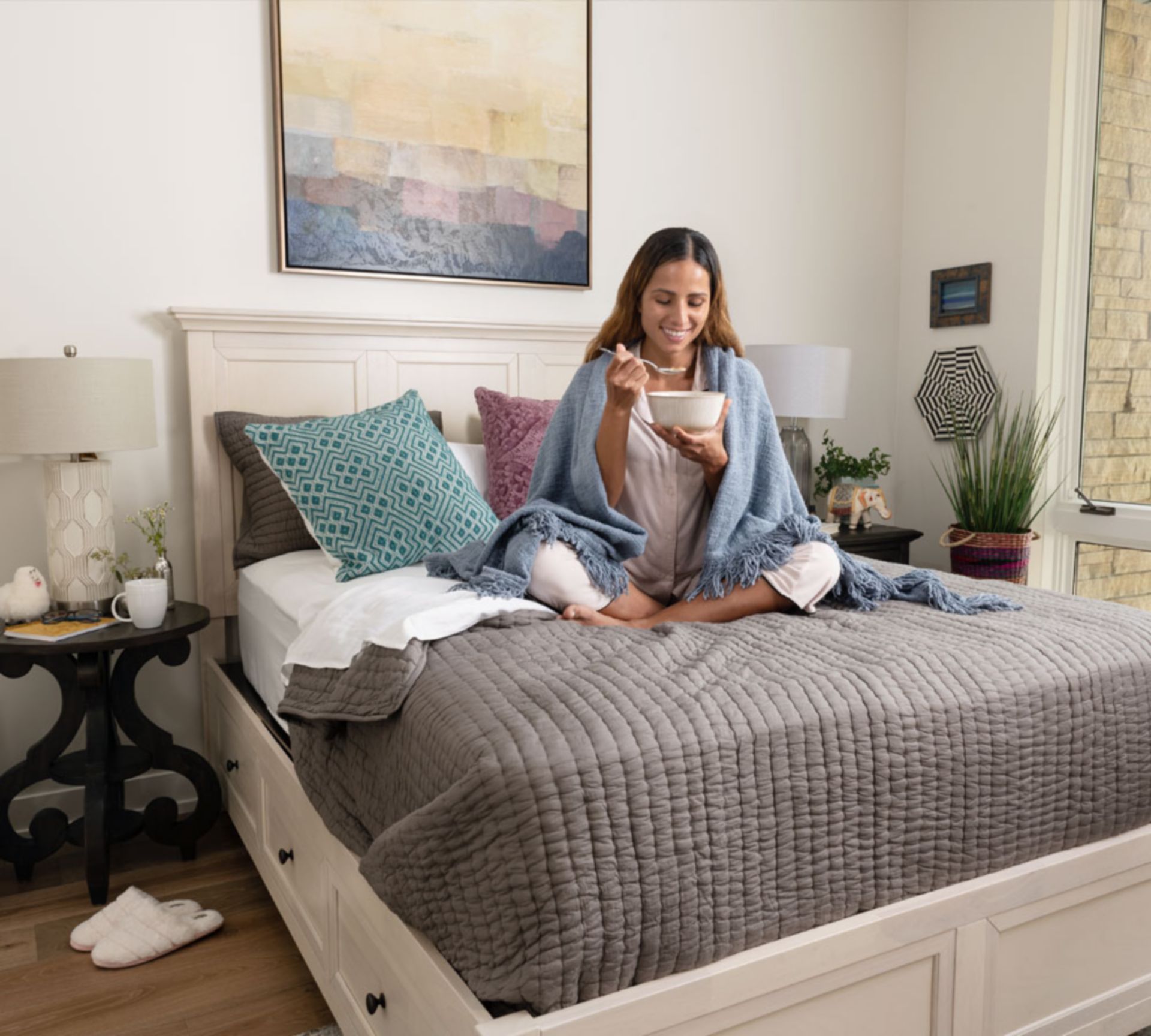All Categories
Featured

When making a home, the style of furnishings you pick plays a considerable function in establishing the total tone and ambience of an area. Two prominent styles that homeowners commonly discuss between are traditional and modern. While both styles have their special allure, they vary significantly in regards to layout, materials, and performance. Recognizing the differences in between these two styles will help you select the ideal items for your home, whether you're redecorating a space or furnishing an entire house.
- Layout and Framework. Contemporary Furnishings: Contemporary furnishings is identified by streamlined, minimalist layouts that stress simplicity and tidy lines. This design incorporates modern fads and is regularly advancing, allowing it to adapt to brand-new designs and influences. The layouts often feature geometric shapes, sharp angles, and smooth surfaces, with a focus on performance. Contemporary furniture tends to be light and airy, preferring open rooms, and typically stays clear of too much design. Pieces in this design have actually a fine-tuned, underrated style that fits well in contemporary homes.
Standard Furnishings: Standard furnishings, by contrast, attracts inspiration from historical styles such as Colonial, Victorian, or French Provincial. The designs are typically extra elaborate, with curved lines, luxuriant makings, and ornamental detailing. Standard furniture items have a tendency to have an extra formal or magnificent appearance, with sophisticated contours and much heavier construction. Unlike the sleekness of modern pieces, standard furniture commemorates craftsmanship, often showcasing beautifully comprehensive woodwork and luxurious furniture. The aesthetic is rooted in a feeling of timelessness and refinement.
- Products and Finishes. Contemporary Furniture: Contemporary furniture is used a range of materials, including steels, glass, acrylic, and timber. The coatings are typically more refined, concentrating on matte or shiny surface areas. The materials made use of are frequently lighter and less intricate than those located in traditional furniture, yet they are developed to emphasize clean lines and open areas. Sometimes, contemporary furniture features mixed materials, such as timber incorporated with steel or glass, to create a stylish and balanced appearance.
Typical Furnishings: Standard furnishings is known for its use high-quality, strong products, especially woods like oak, cherry, walnut, and mahogany. The building of conventional furnishings pieces is often extra heavy and robust, built to last for generations. Finishes tend to be polished, with rich, dark tones that stress the all-natural elegance of the wood. Natural leather and glamorous materials, like velour or silk, are usually utilized for upholstery, adding a feeling of luxury and comfort to traditional styles.
- Shade Scheme. Contemporary Furnishings: The shade palette in contemporary furniture is commonly a lot more controlled and neutral. While these neutral tones are the primary foundation, modern furnishings often incorporates strong accent colors to bring in individuality and vibrancy.
Typical Furniture: Traditional furnishings, on the other hand, includes richer, much deeper colors. Shades like burgundy, navy, woodland eco-friendly, and gold are typically used to produce a warm, inviting environment. Traditional furniture also tends to include extra complex patterns and structures, such as floral concepts, damask, and stripes. Making use of these patterns, combined with the deep, warm colors, adds a feeling of comfort, beauty, and a much more official tone to the space.
- Convenience and Usefulness. Contemporary Furniture: Convenience and functionality are crucial components of contemporary furnishings. Several contemporary furniture designs are modular, allowing for adaptability and flexibility in various area sizes and formats.
Standard Furnishings: While comfort is certainly a factor to consider in standard furnishings, it takes a rear seat to the sophistication and elegance of the style. Standard furniture may also feature elaborate details such as tufted upholstery, scrollwork, and hand-carved legs, which enhance the aesthetic appeal but may not always offer the very same degree of practicality as modern styles.
- Integration with Various Other Designs. Contemporary Furnishings: One of the advantages of contemporary furniture is its adaptability. Contemporary furnishings works well in open-plan rooms, urban houses, and homes with minimalist decoration.
Traditional Furniture: Conventional furnishings is more fit to homes that accept a classic, ageless layout. It flourishes in formal settings and is ideal matched for rooms that have a more well established, traditional feeling. While it can be coupled with modern-day or modern items to develop a diverse aesthetic, conventional furniture often attracts attention by itself. The abundant details and glamorous materials utilized in typical furniture demand interest, and it's best incorporated into spaces that allow it to radiate. Traditional furniture is excellent for creating a sense of background and splendour in a space.
- Long life and Eternity. Contemporary Furniture: Contemporary furniture has a tendency to progress with the times, showing current style fads and preferences. While the contemporary appeal of these pieces can last for years, they may not have the same lasting power as typical furniture. As patterns transform, modern furnishings may come to be out-of-date, however this can also be a benefit for those who appreciate updating their home often to stay on par with design changes.
Standard Furniture: Conventional furniture, nonetheless, has an ageless top quality that enables it to maintain its beauty for generations. Due to its traditional style and top quality materials, standard furniture commonly ends up being a lasting financial investment. It can withstand for decades, even centuries, without shedding its value or charm. This makes typical furniture a superb option for house owners searching for pieces that can stand the test of time and be passed down through the household.
Final thought. Inevitably, the choice between modern and traditional furniture designs depends on your individual choices and the ambience you desire to develop in your home. In comparison, traditional furnishings gives timeless style and elaborate craftsmanship, excellent for producing an extravagant, traditional setting.
Latest Posts
Why Regular Vehicle Maintenance at Montclare Auto Repair Keeps Your Wallet Happy
Published May 29, 25
1 min read
Discover the Greatest Auto Repair Deals in Montclare, Chicago
Published May 26, 25
1 min read
Experience Yesterday's Pub: Where Taste Fulfills Custom
Published May 22, 25
1 min read